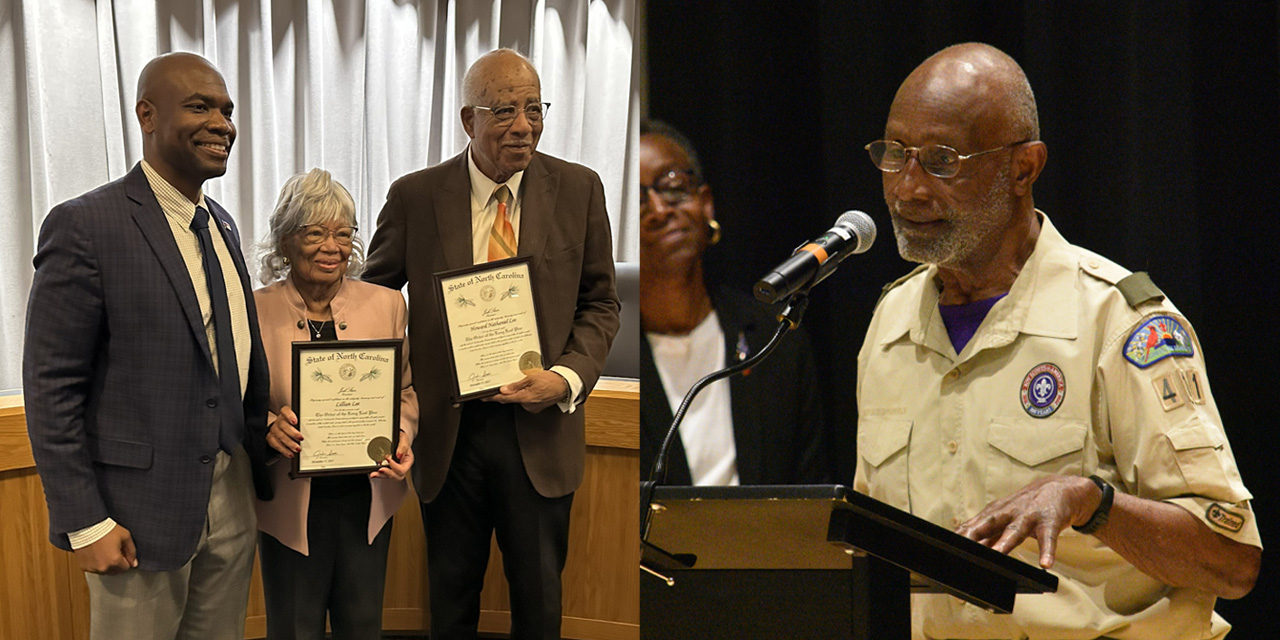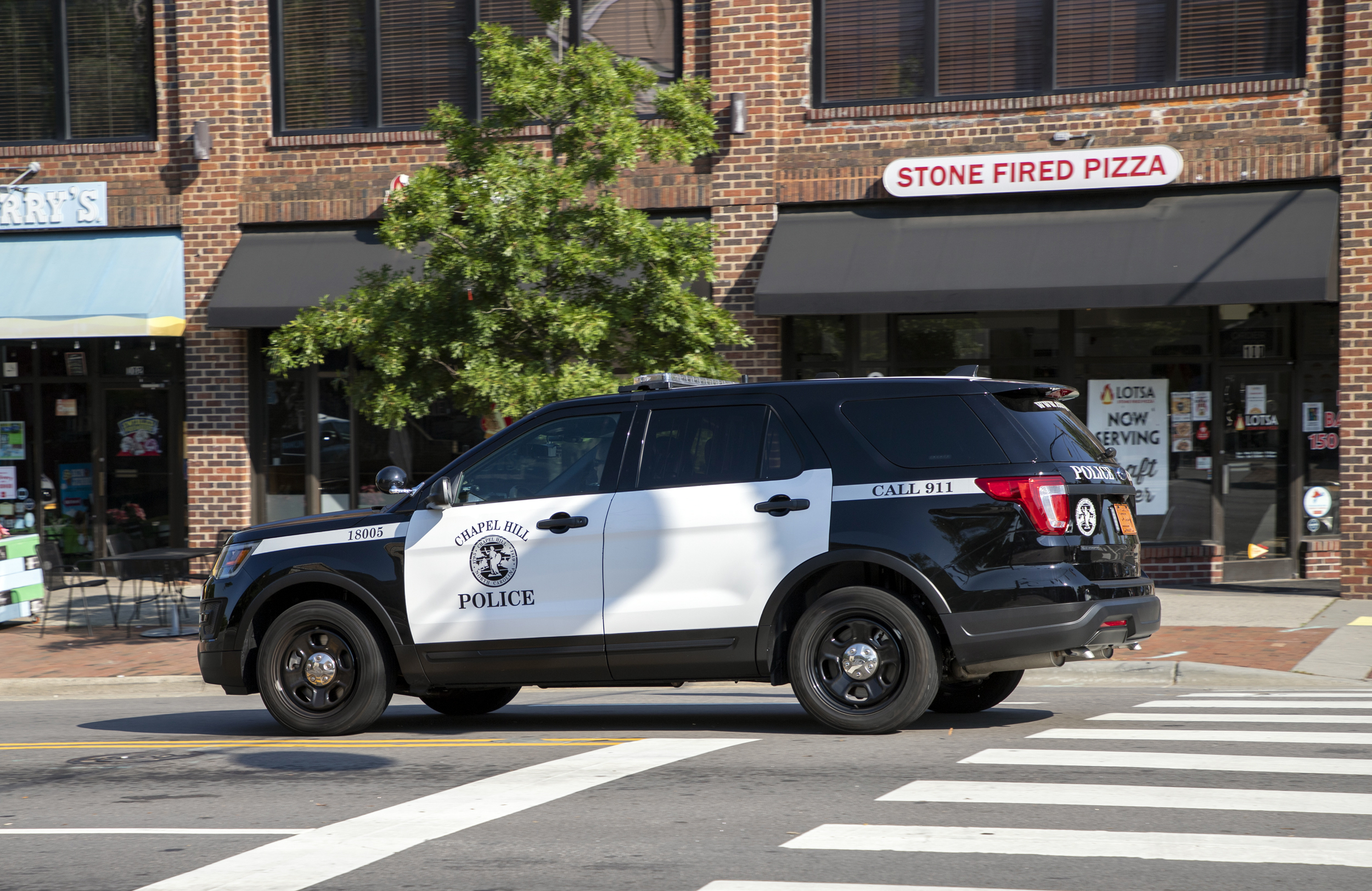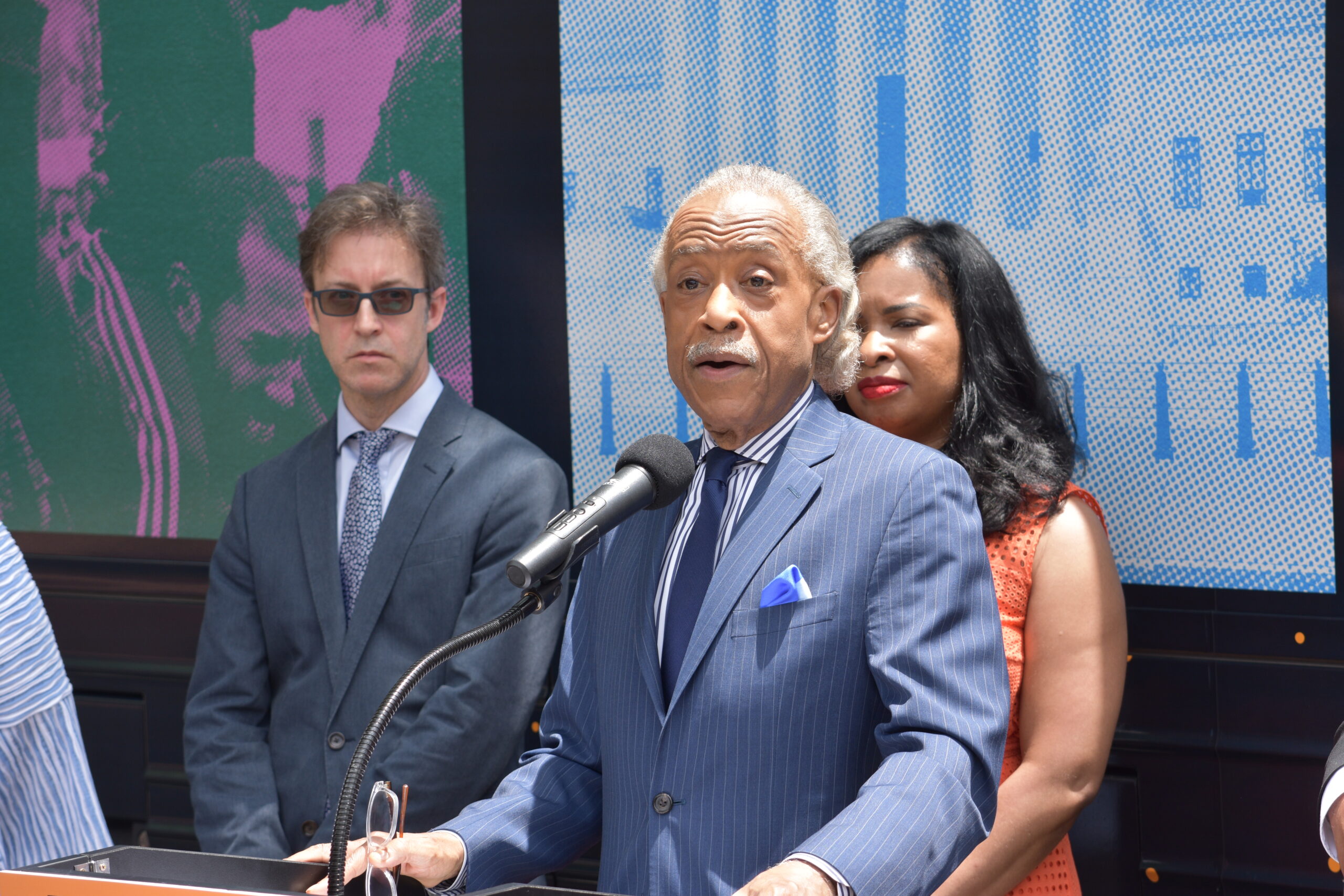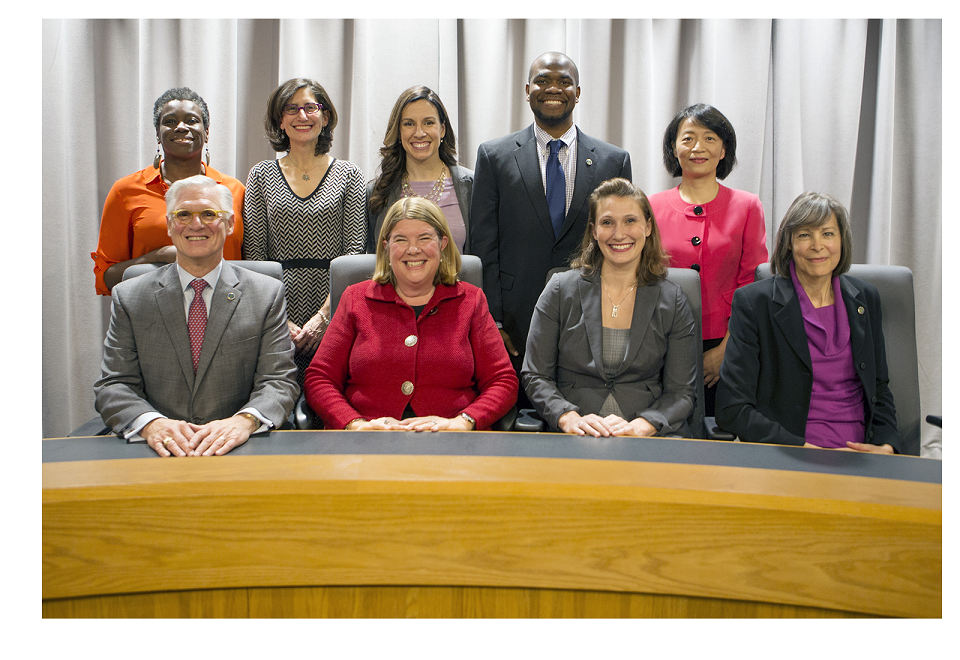On Saturday afternoon, it was hot and humid. But that didn’t stop some people from dancing in the blocked-off portion of the road between Roberson Street and Graham Street.
“I done got too old to do that; I’ll watch them. It’s too hot to be doing anything there,” said Northside resident Gracie Webb, while sitting in the shade of a tree on the lawn of St. Joseph’s Church – just off the corner of Roberson Street.
She’s been coming to Northside’s May Day festivals since they first started, even before she moved into the historically black neighborhood five years ago.
“All of them have been real nice; all of them been real good,” Webb said. “I’ve enjoyed every one of them.”
Many things about the festival have stayed the same over the past eight years, according to George Barrett – associate director of the Marian Cheek Jackson Center for Saving and Making History and one of the organizers of the event.
“The May Day celebration was first created in honor of the May Day celebrations that happened at Orange County training school, which was the historically black school in this community. And so, the things you see out here, from the cake walk to the field games to food, all these things come from those celebrations that happened at Orange County training school.”
But, this year, organizers felt it was time for a change. Specifically, a change of the event’s name.
“We decided to change it to Northside Festival to really claim the place and really be like, ‘This is Northside.’ A lot of times people didn’t know that this place even existed,” Barrett said. “This is an incredibly historic community.”
The festival’s new name is just one of the ways Northside residents are showcasing their unique identity. Saturday also marked the dedication of the new Freedom Fighters Gateway, a monument built at the corner of Roberson Street and Rosemary Street.
Made of locally sourced stone, the gateway – which more closely resembles a low wall – features fifteen images of members of the Northside neighborhood fighting for civil rights in the 1960s.
“That gateway is way for people entering the community to know about the incredible history of this community and this neighborhood,” Barrett said. “It’s a history that people should know; it’s a history that’s important to Chapel Hill.”
Many people who attended the festival didn’t know that the wall would be part of the day’s events. But many – like Carrboro resident David Beck – agreed that it was an important addition to Chapel Hill’s landscape.
“I’ve read a lot about the civil rights history of Chapel Hill,” Beck said. “And the history of civil rights in Chapel Hill is not necessarily as progressive as people often think. So this is great recognition of all of the hard work it took to actually obtain a lot of the rights that people expect today.”
Barrett said the gateway was a good start to memorializing those who were part of the movement five decades ago.
“Obviously, you can’t tell any bit of the story within 15 photos or with a gateway, and there needs to be more, but those photos really are photos of neighbors from this community,” Barrett said. “It’s important to show the strength and power of this community [and] that it’s sustained itself for so long through so many challenges. And it keeps sustaining and growing.”







